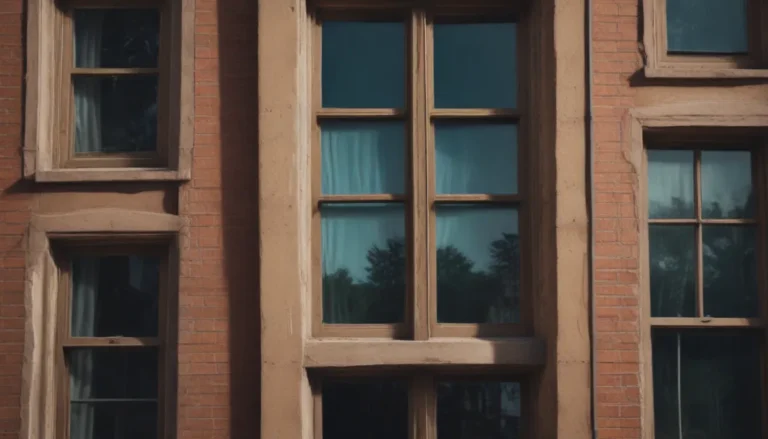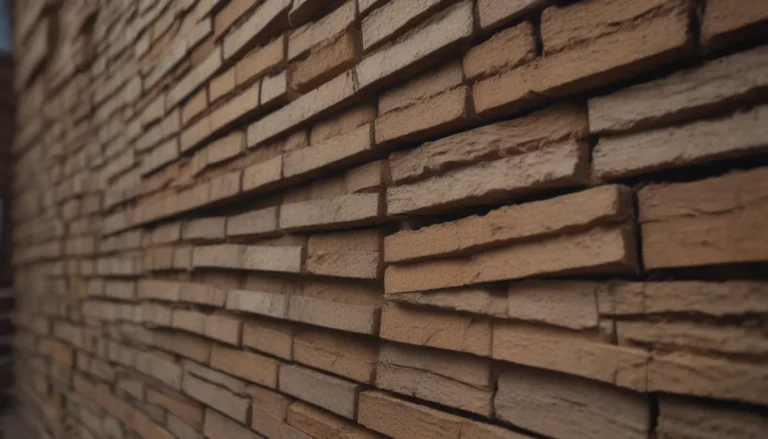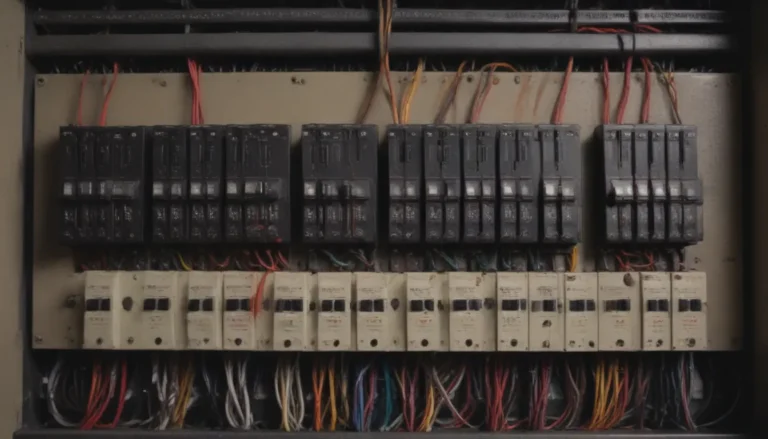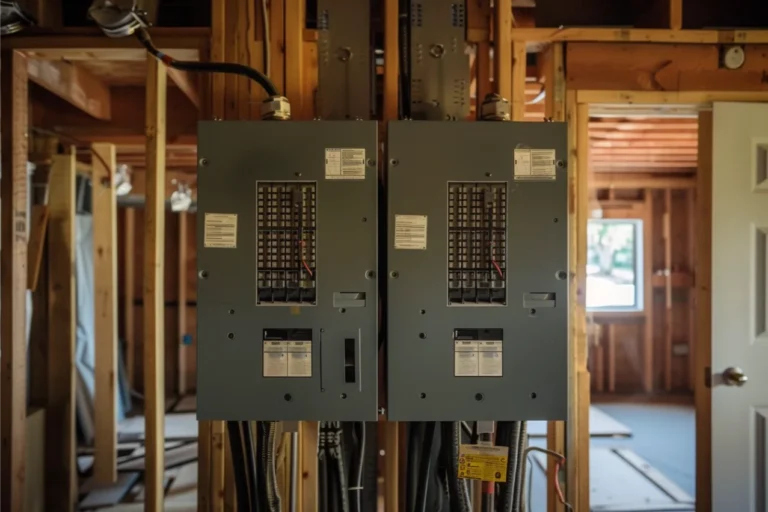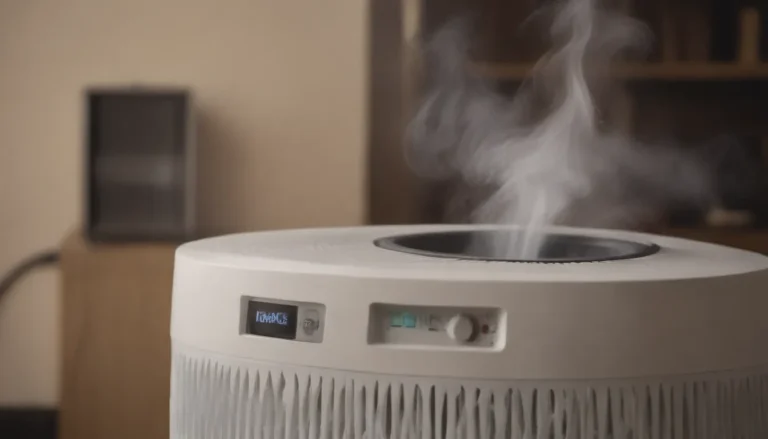The Ultimate Guide: Drywall vs. Sheetrock Explained

If you’ve ever been confused about the differences between drywall and Sheetrock, you’re not alone. Many people use the terms interchangeably, but is there really a difference? In this comprehensive guide, we’ll dive deep into the world of drywall and Sheetrock to help you understand the nuances between these two popular building materials.
What Is Drywall?
Let’s start by breaking down what drywall is and how it’s used in home construction. Drywall is essentially wallboard that is used on ceilings and walls to create a smooth, finished surface. It is a versatile building material that comes in various thicknesses and sizes to fit different project needs.
What Is Sheetrock?
Now, let’s talk about Sheetrock. Sheetrock is actually a specific brand of drywall manufactured by USG (United States Gypsum). While all Sheetrock is drywall, not all drywall is Sheetrock. USG offers a wide range of Sheetrock products, including regular drywall panels, lightweight panels, fire-resistant panels, and mold-resistant panels.
Differences Between Drywall and Sheetrock
While there are more similarities than differences between drywall and Sheetrock, there are some key distinctions to keep in mind:
- Generic name: Drywall is produced by several companies, while Sheetrock is a brand name owned by USG.
- Cost: Sheetrock tends to be slightly more expensive than generic drywall brands, but the price difference can vary depending on location and market factors.
- Quality: Sheetrock is known for its high quality and durability compared to other types of drywall.
Makers and Brands of Drywall
There are several prominent drywall manufacturers on the market, each offering a variety of products to suit different needs:
- American Gypsum Company ClassicRoc
- Certainteed Gypsum Board
- Georgia-Pacific ToughRock
- Gold Bond
- Pabco QuietRock
- USG Sheetrock
Drywall and Sheetrock Types and Sizes
When it comes to drywall and Sheetrock, there are various types and sizes to choose from:
- Thickness: Drywall comes in different thicknesses, including 1/2-inch, 5/8-inch, and even 1/4-inch. Thicker drywall is often used for added durability and soundproofing.
- Widths and Lengths: The most common width of drywall is 48 inches, but it’s possible to order wider sheets if needed. Drywall lengths are typically designed to span multiples of 16 inches for easy installation.
How to Save Money on Drywall and Sheetrock
If you’re looking to cut costs on your next drywall project, consider these money-saving tips:
- Buy in volume: Purchasing drywall in bulk can help you save money in the long run.
- Avoid extra features: Opt for basic drywall without extra features like mold resistance or fireproofing.
- Look at local distributors: Local suppliers may offer competitive prices on drywall and Sheetrock.
- Buy overseas: In some cases, buying drywall from overseas manufacturers can be more cost-effective.
History of Drywall and Sheetrock
The history of drywall is rich and fascinating, dating back to the late 19th century. Sheetrock, the world’s first brand of drywall, revolutionized the construction industry by providing a faster, more efficient alternative to traditional plastering methods. Over the years, Sheetrock has evolved into the high-quality building material we know today.
In conclusion, while the differences between drywall and Sheetrock may seem subtle, understanding the nuances between these two building materials can help you make informed decisions for your next home construction project. Whether you opt for Sheetrock’s durability or choose a more cost-effective generic brand, knowing your options is key to achieving the best results.

